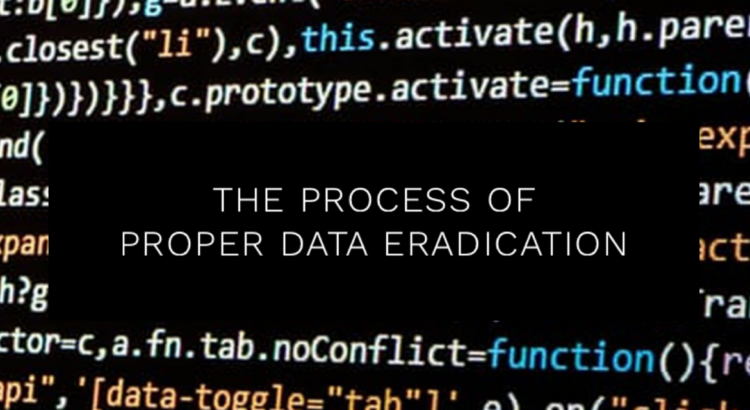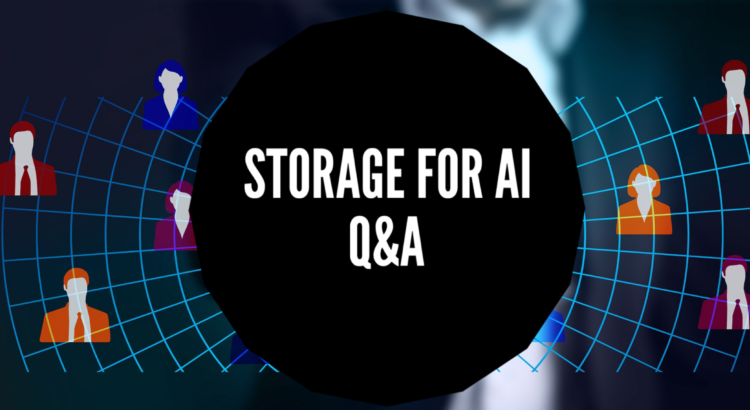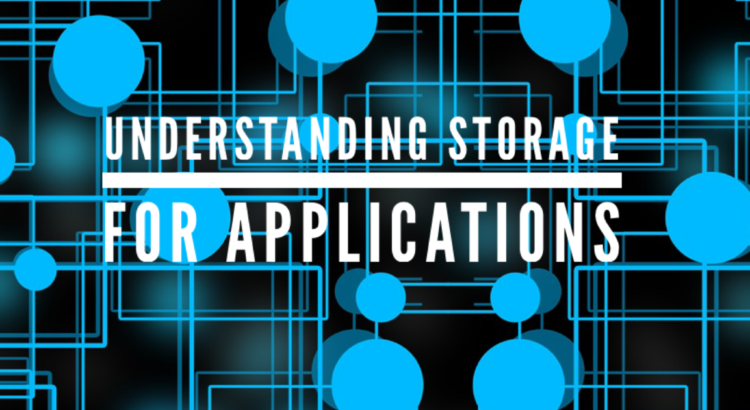By Cameron T. Brett & Pankaj Kalra
In the fast-paced world of data centers, innovation is key to staying ahead of the curve. The Open Compute Project (OCP) has been at the forefront of driving innovation in data center hardware, and its latest embrace of 24G SAS technology is a testament to this commitment. Join us as we delve into the exciting world of 24G SAS and its transformative impact on OCP data centers.
OCP’s Embrace of 24G SAS
The OCP datacenter SAS-SATA device specification, a collaborative effort involving industry giants like Meta, HPE, and Microsoft, was first published in 2023. This specification laid the groundwork for the integration of 24G SAS technology into OCP data centers, marking a significant milestone in storage innovation.
The Rise of SAS in Hyperscale Environments Read More





